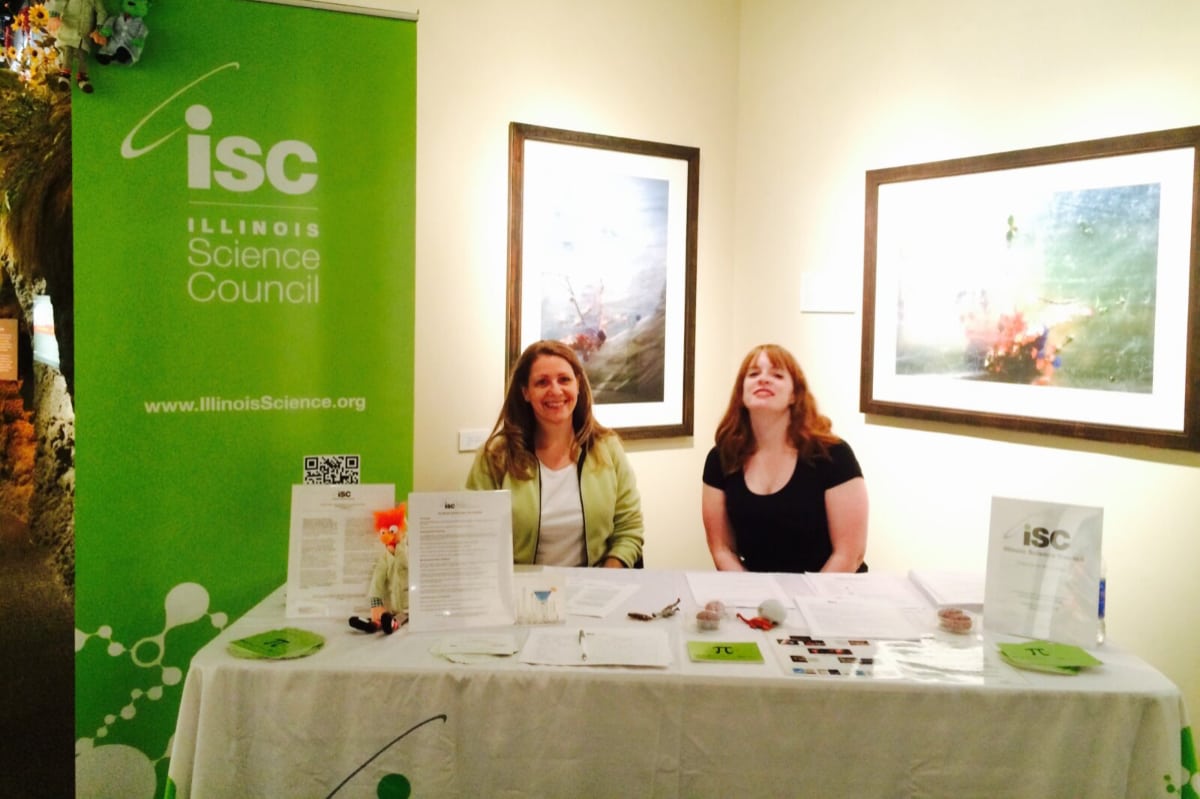When it comes to treating an asthma episode, speed is key – just ask your favorite asthmatic TV characters. From Milhouse on The Simpsons to Carl on Jimmy Neutron, characters with asthma on the screen can always quell their symptoms with a few puffs from their inhaler. But off-screen in the real world, up to 80% of those with asthma don’t know how to use their inhalers the right way.
In order to use an inhaler correctly to get the full dose of medicine, kids need to line up their breathing so that they inhale at the same time they press down on the pump. This can be tricky and requires a bit of coordination, so it’s easy to miss out on the full power of the medicine. When this happens, asthma symptoms can go untreated. Anna Volerman, MD, an internist and pediatrician at the University of Chicago, recognizes that improper inhaler use can cause many people to lose hope in their ability to manage their asthma.
“When asthma gets worse, it carries with it a loss of confidence,” she said. “For example, a person may say ‘My doctor tells me to take this medication, but when I take it, nothing happens.’”
To help combat this issue, Volerman is working on an online program to teach kids proper inhaler technique.
“In many ways, education is power,” she said. “Without the skills to get the medication that they need, kids can’t even begin to control their asthma.”
Volerman and her team at UChicago Medicine are testing out a new program that could change the way kids learn inhaler skills. Rather than visiting a doctor’s office, kids can learn how to use inhalers through short videos from the comfort of their own home. It’s personalized for every patient as they learn and grow. The program tailors the information based on what the kid knows and spends more time testing steps that a patient struggles with. Plus, as the kids grow older, they receive videos designed for their age group.
Volerman said she is especially passionate about helping those with asthma in her local community. On the South Side of Chicago, an area with a large minority population, 1 in 5 kids have asthma. That’s more than twice the rate nationwide. This higher asthma incidence and worse outcomes could be due to environmental factors, such as air pollution, or barriers to accessing medical resources. Even though they are more likely to have asthma, kids on the South Side are less likely to be prescribed an inhaler when they need one. And even if they do have an inhaler, they might not know how to use it the right way. As a result, over half of these kids miss school or end up in the hospital due to asthma.
“Asthma keeps kids out of physical activity, and it keeps them from social interactions with their peers. It keeps them from simply being a kid!” Volerman said.
While watching asthmatic characters on TV might not help kids learn how to use an inhaler, more screen time does seem to be a very promising solution. Programs that are similar to Volerman’s are already being used by adults with asthma, and they work: after using the online program, adults used their inhalers correctly more often than they had in the past. Programs like this help them manage a life-threatening asthma episode on their own.
The next step is to test her new program by giving kids and parents the opportunity to try it out in a research study.
Have a child with asthma or know someone who does? Click here to learn more about asthma studies like this on The New Normal Match, and sign up here to connect with research teams working to fight asthma and more!
About The New Normal™ Movement
The New Normal™ Campaign is championed by the Institute for Translational Medicine (ITM), a partnership between the University of Chicago and Rush in collaboration with Advocate Health Care, the Illinois Institute of Technology (Illinois Tech), Loyola University Chicago, and NorthShore University HealthSystem, as well as the Northwestern University Clinical and Translational Sciences (NUCATS) Institute and the University of Illinois at Chicago Center for Clinical and Translational Science (CCTS). The ITM, NUCATS, and CCTS are fueled by nearly $80 million from the National Institutes of Health (NIH) National Center for Advancing Translational Science (NCATS) Clinical and Translational Science Awards (CTSA) Program. The Michigan Institute for Clinical & Health Research shared its technology to help connect the public with research opportunities for this initiative. The New Normal™ initiative is also supported by the Chicago Department of Public Health and other regional and national partners like the Illinois Science Council who believe in empowering everyone to get involved in making discoveries to improve human health. Learn more and join at www.bethenewnormal.org.
This project is supported by the National Center for Advancing Translational Sciences (NCATS) of the National Institutes of Health (NIH) through Grant Number UL1TR002389 that supports the Institute for Translational Medicine (ITM); Grant Number UL1TR001422 that supports Northwestern University Clinical and Translational Sciences Institute (NUCATS); Grant Number UL1TR002003 that supports the University of Illinois at Chicago (UIC) Center for Clinical and Translational Science (CCTS); and Grant Number UL1TR002240 that supports the Michigan Institute for Clinical & Health Research (MICHR). The content is solely the responsibility of the authors and does not necessarily represent the official views of the NIH.





